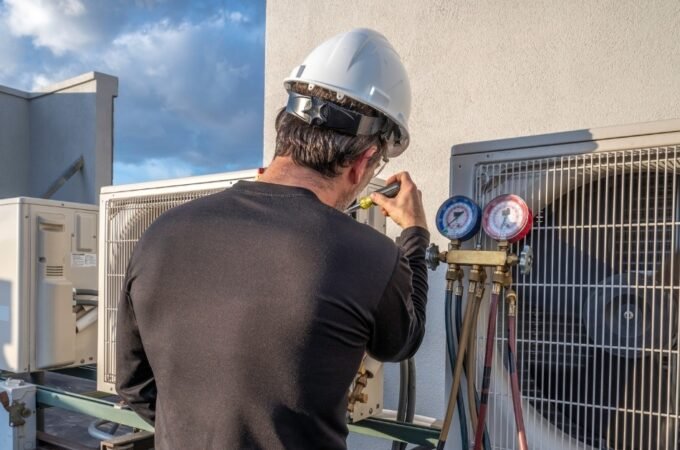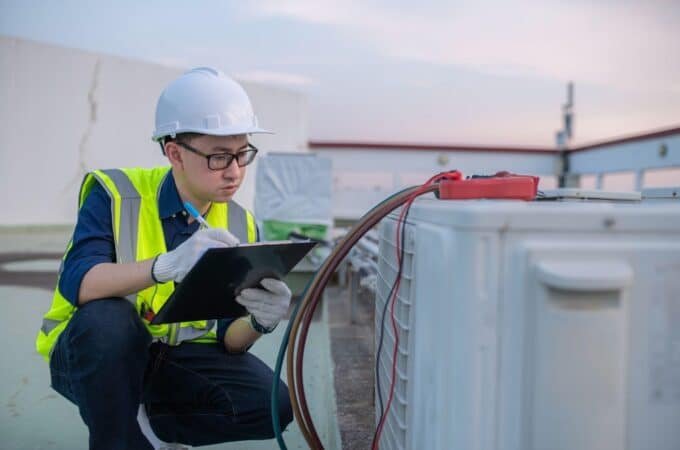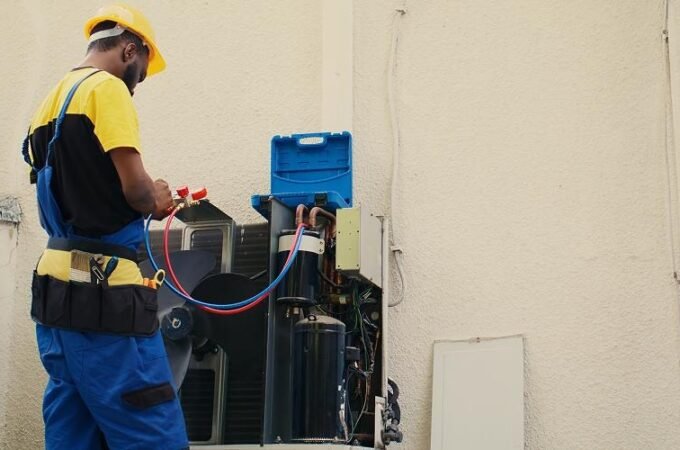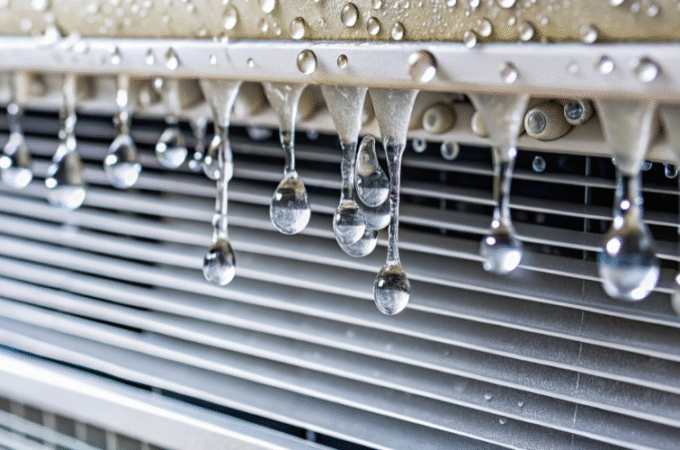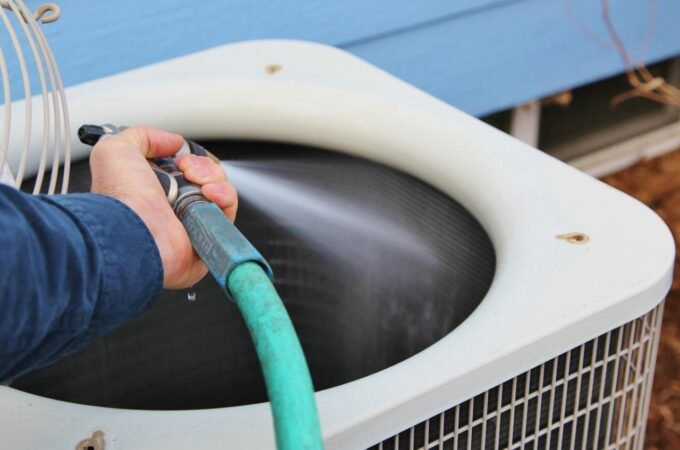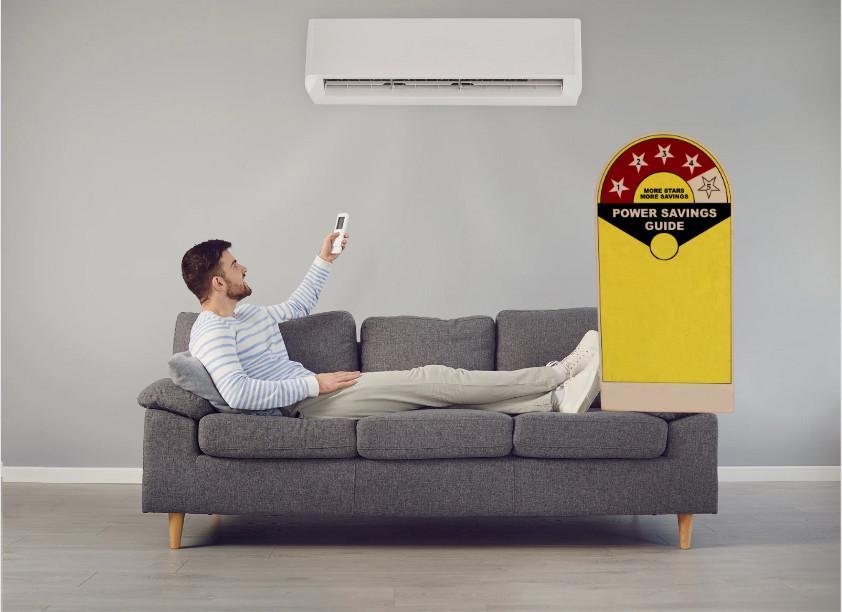
How to Keep Your Home Cool and Efficient This Summer
Table of Contents
ToggleKey Takeaways
- Regular HVAC system maintenance is crucial for maintaining efficient cooling and prolonging equipment life, thereby helping to prevent unexpected breakdowns when you need your system most.
- Effective use of window treatments, ceiling fans, and proper insulation significantly minimizes unwanted heat gain indoors, helping to maintain steady indoor temperatures.
- Smart thermostats and energy-efficient appliance upgrades can help reduce utility bills and enhance everyday comfort with minimal effort.
Introduction
As the summer heat intensifies, ensuring your home stays comfortable and energy-efficient becomes an essential priority for both your well-being and your wallet. When outdoor temperatures soar, maintaining a cool indoor environment can seem daunting. Still, with the right approach—balancing proper equipment care, cutting-edge home technology, and simple daily habits—you can make your space a haven from the relentless heat. Incorporating smart home-cooling strategies not only helps keep your living areas pleasant but can also dramatically lower your energy bills, relieving financial stress during peak energy use months. More importantly, these measures contribute to healthier indoor air quality and overall comfort, making your living space a true refuge. For residents aiming for optimal cooling performance with minimal energy waste, consulting Draper AC repair experts for routine checkups or emergency repairs is a wise first step. These professionals ensure your air conditioning system is functioning optimally, setting the stage for long-lasting comfort throughout the summer.
Staying ahead of heatwaves with preventive maintenance and mindful cooling habits can make a significant difference as temperatures rise. Optimizing your HVAC system, maximizing natural airflow, and adopting proven energy-saving strategies will not only help you survive but also enjoy the summer months. By taking proactive steps now, you can prevent uncomfortable situations and emergency breakdowns, giving you confidence that your home will remain a cool retreat even during the hottest days. Let’s explore how these practical tips come together to promote comfort, efficiency, and peace of mind, so you can make the most of summer without sacrificing either convenience or cost.
Schedule Regular HVAC Maintenance
One of the most foundational steps to keep your home cool throughout summer is ensuring your air conditioning system is in top condition. AC units, whether central or ductless, rely on regular maintenance to operate efficiently. Start with simple actions you can take yourself, such as changing air filters every 1–2 months—to maintain good airflow and indoor air quality, while helping the air conditioner run more smoothly. Dust, pet hair, and debris can quickly clog filters, so staying proactive helps prevent common issues.
In addition to DIY care, scheduling a yearly professional inspection is a must. Expert technicians can check refrigerant levels, inspect ductwork for leaks or blockages, clean system components, and calibrate the thermostat to ensure optimal performance. These checkups improve efficiency, reduce the risk of sudden breakdowns, and can even uncover minor problems before they become costly emergencies. Well-maintained AC units work less to keep your space cool, directly translating to lower energy consumption and an extended lifespan for your equipment. The peace of mind that accompanies reliable cooling—especially during a heatwave when repair companies are busiest—cannot be overstated. Proactive care truly pays off by maintaining a pleasant and stress-free indoor environment.
Install a Programmable Thermostat
Upgrading to a programmable or smart thermostat is a modest investment with remarkable payoffs for modern homeowners. These advanced devices enable you to automatically set energy-saving temperature schedules that match your lifestyle, such as keeping the house warmer during work hours and cooling it down right before you return home. By reducing cooling when nobody is around, you significantly cut unnecessary energy use without ever noticing a change in comfort.
Even better, many newer smart thermostats utilize learning algorithms and occupancy sensors. They detect when people are present and adjust cooling patterns over time to maximize both comfort and savings. Some models connect to your smartphone, allowing you to change settings remotely or monitor energy use on the go. Throughout the summer, these small adjustments add up to substantial savings and a reduced carbon footprint, so you can stay comfortable while being environmentally responsible.
Seal and Insulate Your Home
Proper sealing and insulation are crucial for preventing cool air from escaping and hot air from seeping in. Leaky doors, drafty windows, and uninsulated attics force your cooling system to work overtime, pushing energy costs higher and reducing comfort. Applying weatherstripping to gaps around doors and using caulking for cracks around windows can make an immediate difference. Likewise, inspecting and upgrading your attic and wall insulation ensures that your home retains the cool air more effectively, especially during prolonged heat waves.
Don’t forget to check for leaks in your ductwork if you have central air—hidden leaks can waste up to 30% of cooled air before it even reaches your rooms. Sealing these leaks or getting ducts professionally repaired keeps your AC running efficiently and your living spaces much more comfortable. Paying attention to these details ensures a quieter, cooler, and healthier home as well.
Use Ceiling Fans Effectively
Ceiling fans are an underrated ally during summer heat. By setting your ceiling fans to rotate counterclockwise in summer, you create a refreshing wind-chill effect that makes your space feel several degrees cooler. This principle enables you to raise your thermostat setting by approximately four degrees without compromising comfort, resulting in substantial energy savings over time.
For optimal results, remember that fans cool people, not rooms—so turn them off when a room is unoccupied. Additionally, combining ceiling fans with open windows in the evenings (when outdoor air is cooler) can help replace stale air and create a pleasant, breezy environment indoors.
Block Out the Sun
Direct sunlight pouring through windows can quickly heat your living spaces, undoing the hard work of your AC system. The solution lies in minimizing solar heat gain through the use of reflective blinds, insulated curtains, or window films, especially on south- and west-facing windows that receive the most direct sunlight. These coverings not only block intense sunlight but can also add a decorative touch to your home, making them a stylish and practical upgrade.
For best results, keep window coverings closed during the hottest parts of the day. If you’re home during the day, try opening windows early or late to let in cooler air, then close blinds or drapes as the sun rises higher. Window films and awnings provide an additional barrier that reflects a portion of sunlight without compromising your natural light, keeping your house cooler naturally and easing the burden on your AC.
Limit Heat-Generating Activities
Many everyday activities inadvertently contribute to the heating of your indoor environment. Cooking on the stove or in the oven, doing laundry, or running the dishwasher during the hottest part of the day can increase the temperature in your home. Instead, consider shifting these activities to early morning or evening when it’s cooler outside. Outdoor grilling, using a microwave for quick meals, or simply prepping cold salads can help keep the kitchen—and the entire house—cool.
Small changes, such as hang-drying laundry instead of using the dryer or switching from incandescent bulbs to energy-efficient LEDs, also reduce heat output and help keep energy bills in check. Reducing indoor heat sources not only helps your AC system keep up, but also creates a more pleasant and less stuffy indoor atmosphere.
Consider Energy-Efficient Upgrades
If your cooling system is more than a decade old, it may be time to consider a replacement. Modern air conditioning units with high SEER (Seasonal Energy Efficiency Ratio) ratings and ENERGY STAR certifications operate far more efficiently than older equipment and often qualify for utility rebates or tax incentives. Though the upfront cost can be significant, the lower monthly energy bills and reduced need for frequent repairs make investing in a new system a sound choice in the long run.
Upgrading doesn’t have to stop at your AC unit. Energy-efficient windows, advanced insulation, and even solar-powered attic fans can significantly improve your cooling performance and overall household comfort. These investments also increase your home’s value, making them beneficial for years to come.
Utilize Natural Ventilation
Use natural ventilation during the cooler times of day—typically early morning and late evening—to replace warm, stale indoor air with fresh, cool breezes. Open windows on opposite sides of your house to encourage cross-ventilation, which helps flush out trapped heat and humidity. This technique is especially effective on days with lower humidity and minimal outdoor pollution. Not only does this provide natural cooling without extra energy use, but it also reduces strain on your air conditioning system, improving its longevity and efficiency.
By implementing these strategies, you can find a comfortable balance between staying cool and conserving energy. The right combination of proactive maintenance, mindful habits, and wise upgrades will keep your home cool, efficient, and welcoming throughout the entire summer, regardless of how intense the heat becomes.
Lynn Place is Vice President of Marketing for SolvChem Custom Packaging Division. She has 30 years of professional experience in the manufacturing industry and specializes in consumer packaged goods, new product development and strategic planning.

